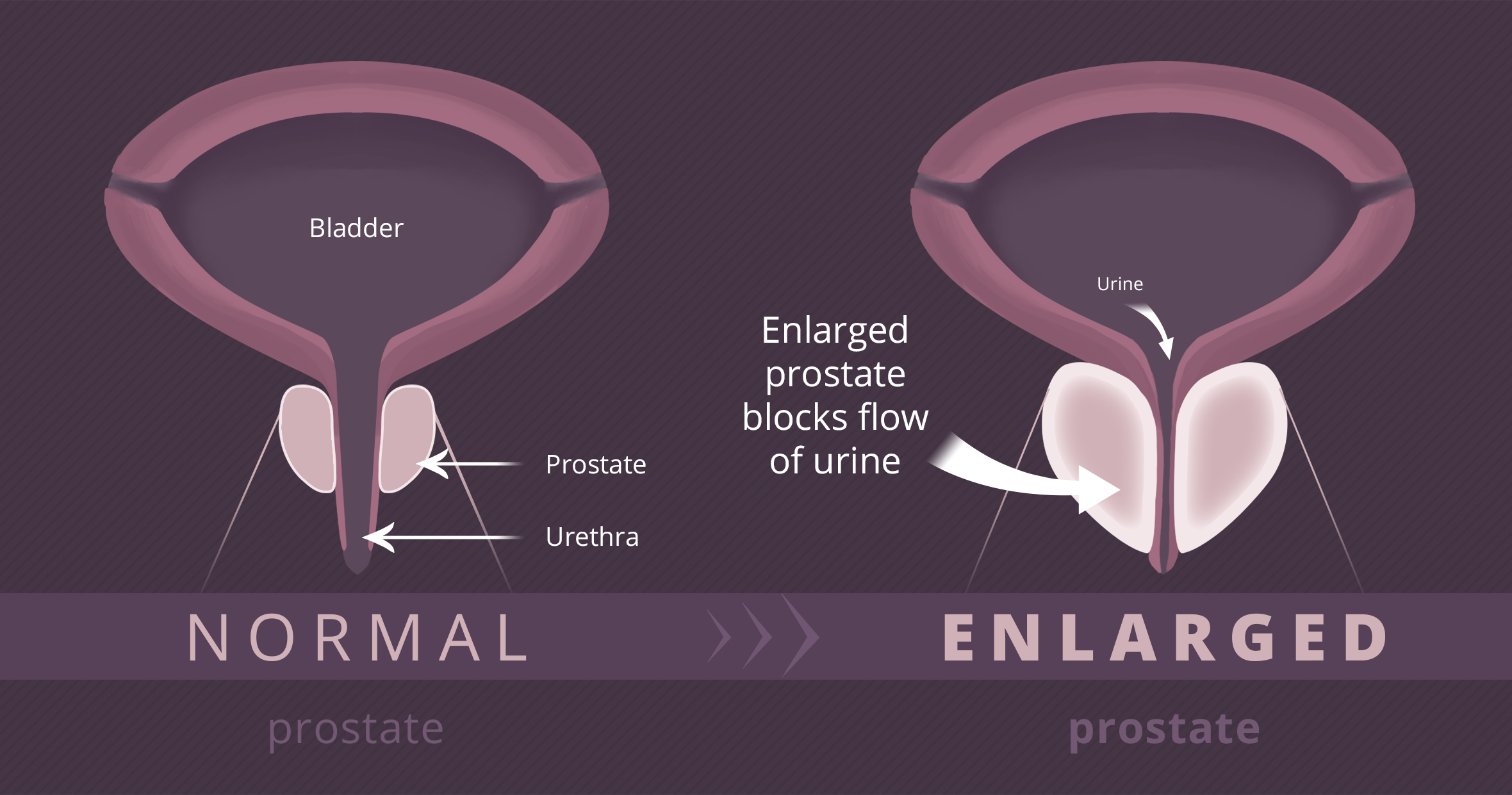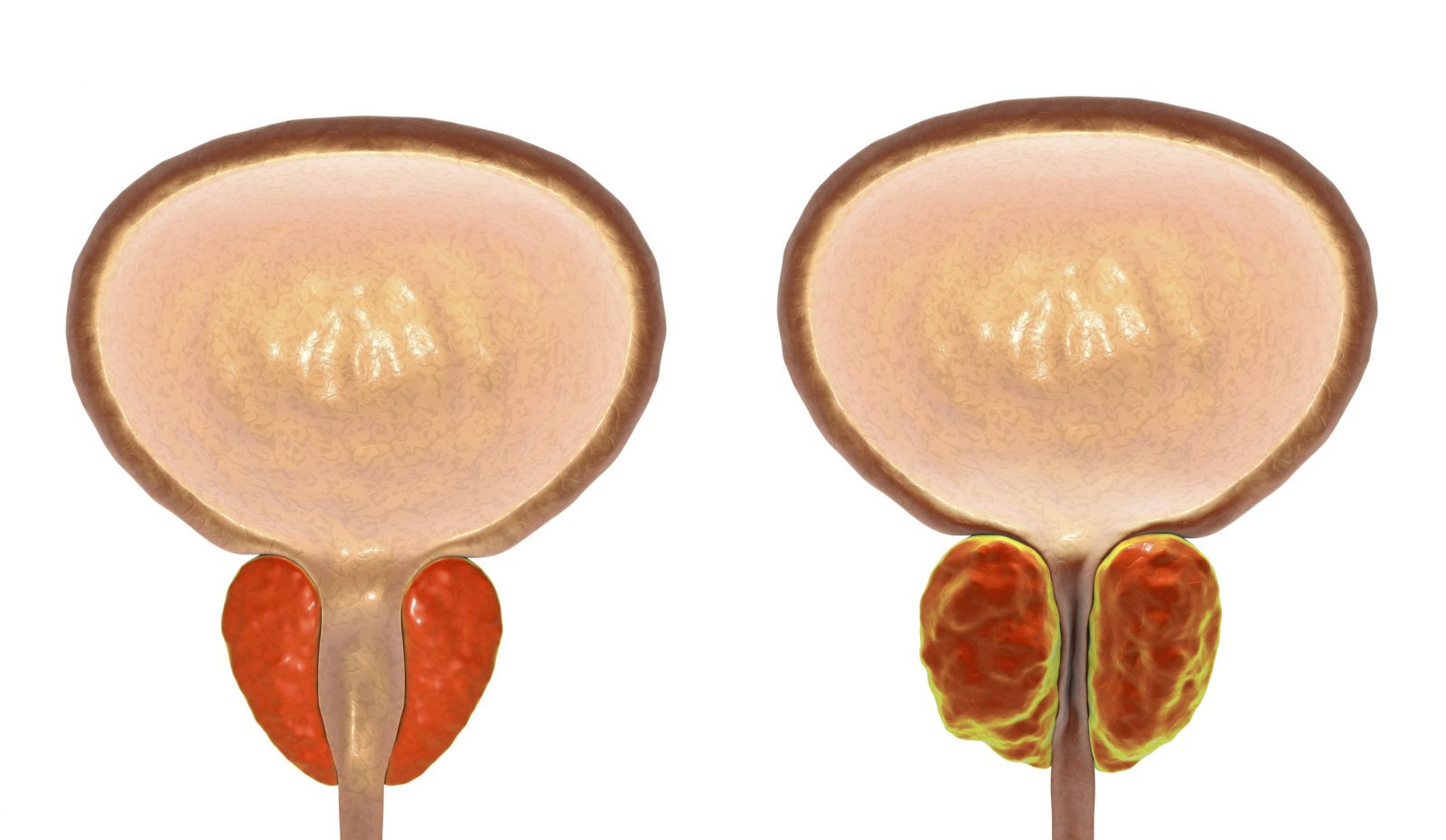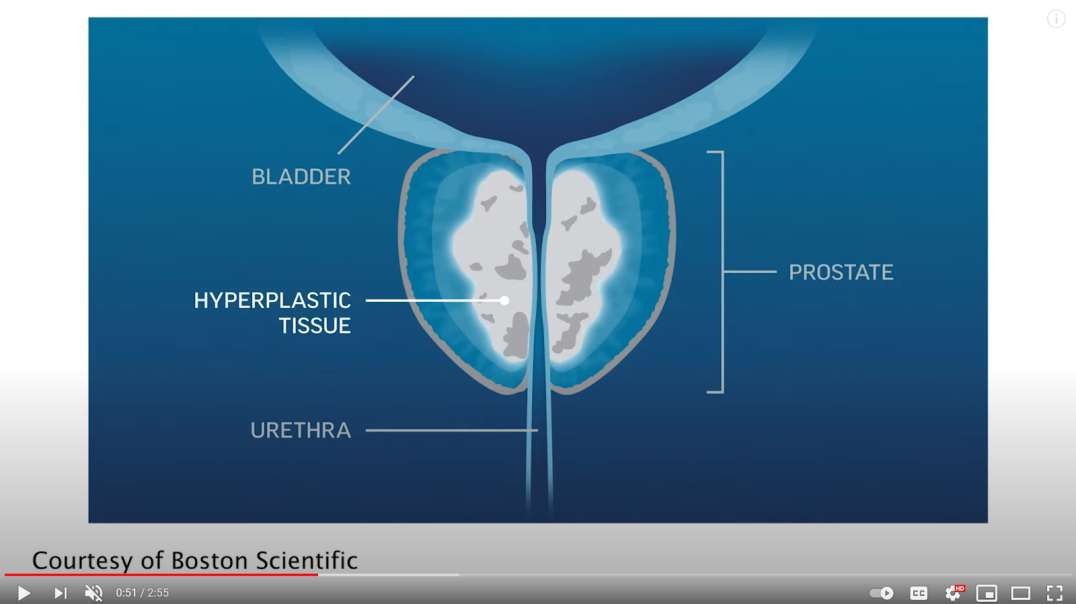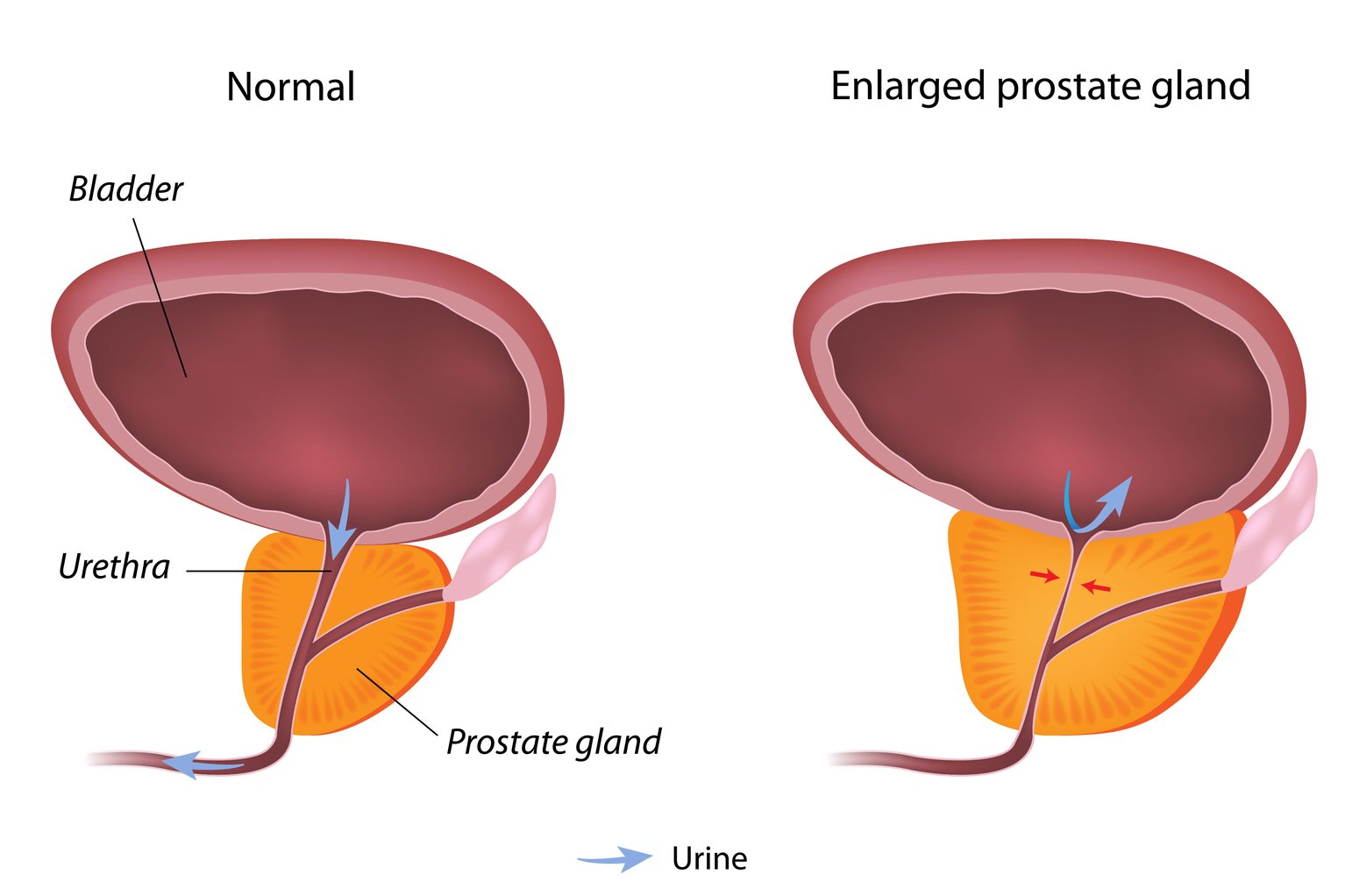Smart Tips About How To Check For Enlarged Prostate

If you're dealing with an enlarged prostate, one of the underlying symptoms could very well be is. dr.
How to check for enlarged prostate. An enlarged prostate, also called benign prostatic hyperplasia, or bph, is a common condition as men get older. How is benign prostate enlargement diagnosed? To find out whether your prostate gland is enlarged, you'll need to have a few tests.
Some tests will be done by a gp and, if. An enlarged prostate is a condition that most commonly affects men over 50, but it can begin once you reach your 30s. Complications of an enlarged prostate.
The median furrow is lost in enlarged. By age 60, about 30% of men show moderate to. Some men who are nervous and tense urinate more frequently.
Officially known as benign prostatic hyperplasia, or bph, an enlarged prostate is the most common prostate problem in men older than age 50. Symptoms include increased urinary frequency and urgency. Around 80% of men over age 70 have it, according to yale medicine.
If your gp suspects that you have an enlarged prostate, you’ll be asked to complete a questionnaire to assess your. You may also be offered a prostate specific antigen (psa) blood test. Benign prostate enlargement (bpe) is the medical term to describe an enlarged prostate, a condition that can affect how you pee (urinate).
Your doctor can do tests like a digital rectal exam and a biopsy to know for sure whether you have bph. In this article. To help detect prostate cancer in its early stages, every person with a prostate should get a prostate screening every year between the ages of 55 and 69.
Older men tend to have larger prostates than younger men because the prostate. A lab checks a sample of your urine to find out if you have an. An enlarged prostate is a condition that commonly affects older people with a prostate.
It also can cause bladder, urinary tract or. An enlarged prostate is not linked to cancer and is relatively common among older men: Benign prostatic hyperplasia (bph) is a common condition in men in which the prostate is enlarged, causing a variety of unpleasant urinary tract symptoms.
An enlarged prostate can cause symptoms that may bother you, such as blocking the flow of urine out of the bladder. The most common way for doctors to check on the health of your prostate is with a dre. It’s a fairly quick and simple procedure.
The provider inserts a finger into your rectum to check if your prostate is enlarged. You may be offered a blood test to check your kidneys are working properly. Once you have a diagnosis, treatments can help you avoid complications.

/GettyImages-1086727538-5fb7d85157df430891b24febced6881a.jpg)










:max_bytes(150000):strip_icc()/2782267_color-5baa944e4cedfd00252b40ca.png)





